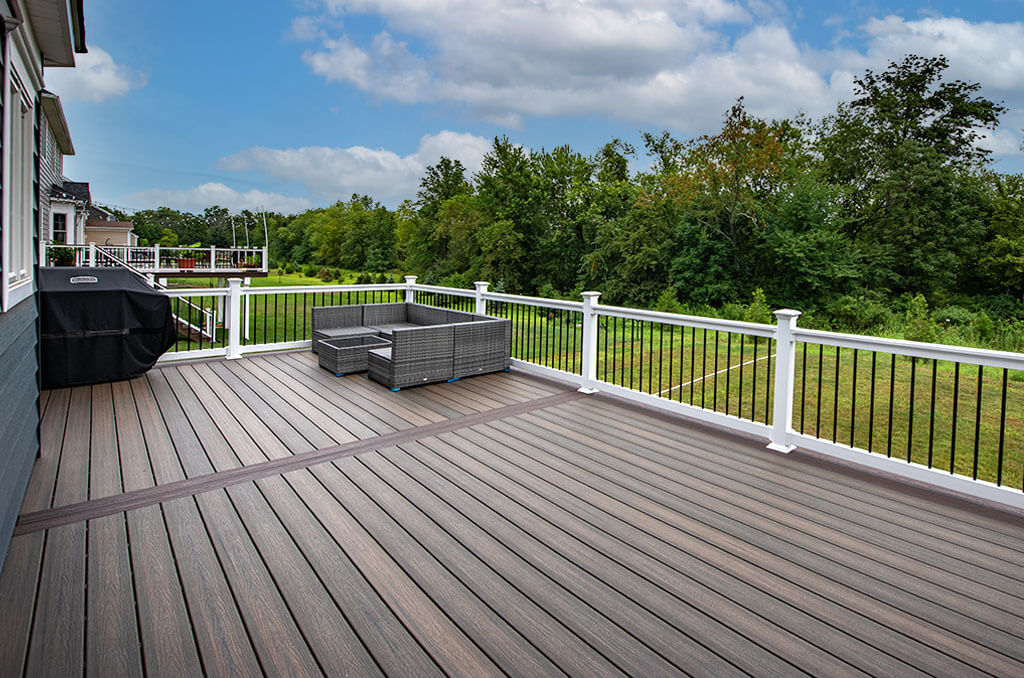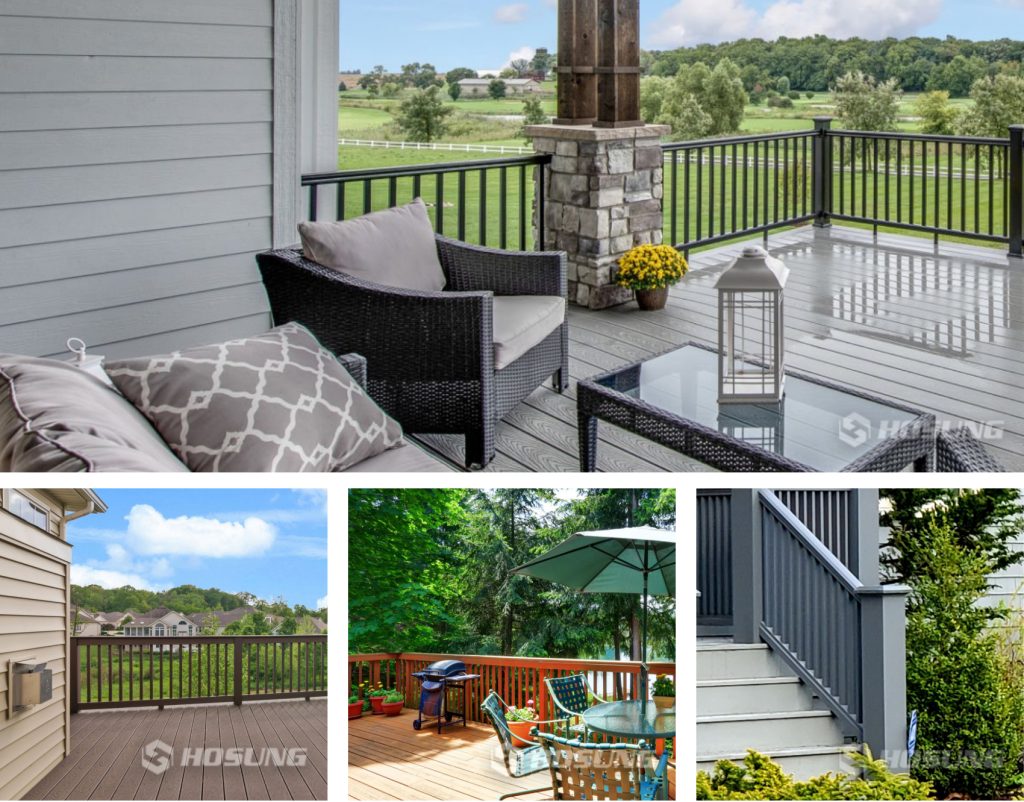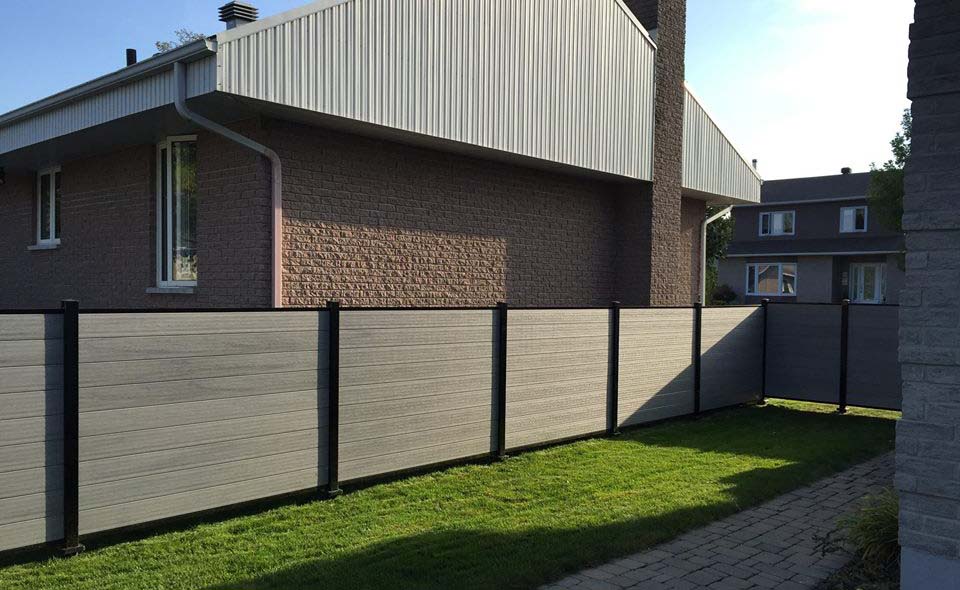Australia’s outdoor lifestyle is legendary. Whether it’s a backyard barbecue, a serene poolside retreat, or a coastal deck overlooking the ocean, outdoor living spaces are an essential part of Australian homes. When it comes to creating these spaces, composite decking Australia has rapidly become one of the most popular choices among homeowners, builders, and designers.
Table of Contents
In this comprehensive guide, we will explore everything you need to know about composite decking in Australia: what it is, why it’s so popular, how to choose the best product, installation tips, maintenance, and the top trends shaping the market. Whether you’re planning a new deck or renovating an existing one, this article will provide invaluable insights to help you make informed decisions.
What Do You Know About Composite Decking?
Composite decking is a man-made building product designed to look like natural wood but with enhanced durability and low maintenance. It typically consists of a blend of wood fibers, plastic polymers, and binding agents, which together create boards that are resistant to rot, warping, and insect damage.
Compared to traditional timber decking, composite decking offers a longer lifespan and requires much less upkeep. These benefits are especially important in Australia, where harsh sun exposure, humidity, and termite threats can quickly degrade wood structures.
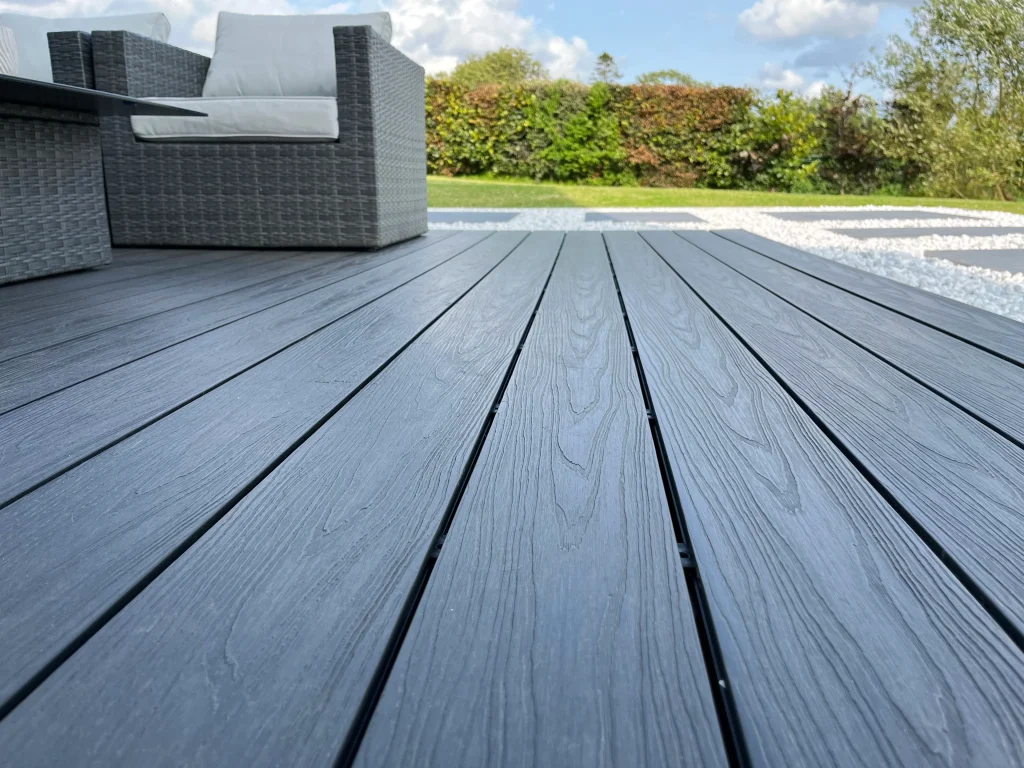
Why Choose Composite Decking in Australia?
1. Durability Against Harsh Weather
Australia’s climate varies dramatically across its vast territory—from the tropical humidity of Queensland to the arid conditions of the Outback, and the temperate coastal zones of Victoria and New South Wales. Composite decking is engineered to withstand these diverse environments without cracking, splintering, or fading quickly.
2. Low Maintenance
One of the main reasons Australians prefer composite decking is because it requires minimal maintenance. Unlike timber decks, composite decking does not need annual sanding, staining, or sealing. Regular cleaning with soap and water is usually sufficient to keep the boards looking fresh.
3. Environmental Sustainability
Many composite decking products available in Australia are manufactured using recycled materials, including recycled plastics and reclaimed wood fibers. Choosing composite decking can reduce the demand for virgin timber and contribute to more sustainable building practices.
4. Aesthetic Variety
Composite decking comes in a wide range of colors, textures, and finishes to suit any architectural style or outdoor design preference. From classic timber looks to modern sleek finishes, Australians can easily find composite decking that complements their home aesthetics.
5. Safety Features
Composite decking boards are often designed with anti-slip surfaces, making them a safer choice around pools and outdoor areas where moisture is common.
Popular Composite Decking Types in Australia
Several composite decking brands and product types are widely used in Australia. While specific brands are many, here we focus on general categories and features relevant to Australian consumers:
Wood-Plastic Composite (WPC)
WPC is the most common type of composite decking in Australia. It combines wood fibers (usually from recycled sawdust) with plastic polymers to form strong, resilient boards. WPC decking offers the authentic warmth of wood grain but with enhanced weather resistance. The wood content gives it a natural feel and texture that closely resembles traditional timber, while the plastic component improves durability against moisture, UV rays, and pests.
Capped Composite Decking
Capped composite decking features an outer protective layer or “cap” made from polymer material. This cap improves resistance to fading, staining, scratches, and mold growth—ideal for Australian outdoor conditions. Capped composites typically have a longer lifespan and better color retention compared to uncapped varieties. This extra layer also enhances slip resistance and makes the boards easier to clean. Due to these benefits, capped composite decking is often recommended for pool areas, coastal homes, and regions with high sun exposure.
PVC Composite Decking
PVC decking is made entirely from polyvinyl chloride plastics without wood fibers. It’s highly resistant to moisture and insects and usually lighter in weight. However, PVC decking tends to be more expensive and less natural-looking than WPC alternatives. It offers excellent dimensional stability, meaning it resists expansion and contraction better in extreme temperatures, which suits certain Australian climates.
Additional Types and Color Options
Beyond these core types, Australian composite decking also comes in hollow and solid board constructions. Hollow boards are lighter and more affordable but may be less durable than solid boards, which provide superior strength and longevity.
When it comes to colors, composite decking in Australia is available in a broad palette to suit various design preferences—from natural wood tones like classic walnut, cedar, and eucalyptus to contemporary greys, charcoals, and even whites. Some brands also offer multi-tone and textured finishes that simulate the look of weathered or hand-scraped timber, giving homeowners more creative freedom to match their outdoor spaces.
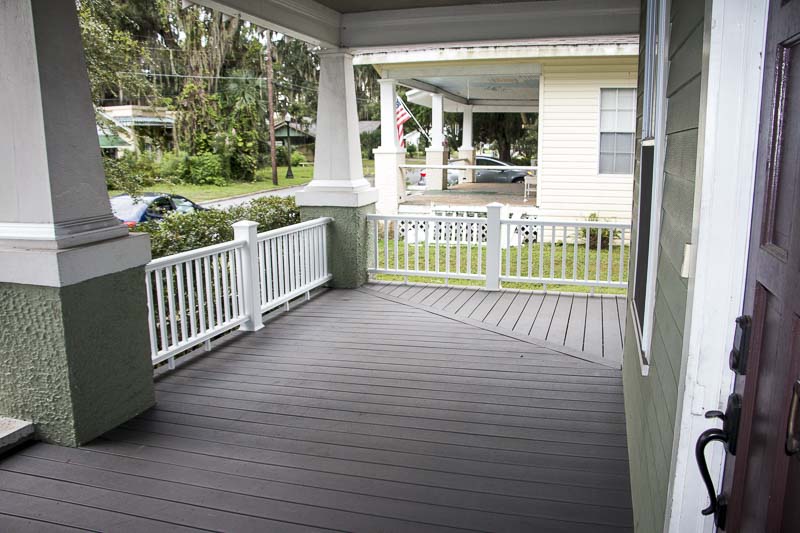
How to Choose the Right Composite Decking for Your Australian Home
Choosing the right composite decking involves considering several factors specific to the Australian environment and your needs:
1. Climate Compatibility
Coastal Areas: If you live near the ocean, salt air and moisture can accelerate wear and corrosion. Look for composite decking with high UV resistance and saltwater tolerance.
Hot and Dry Regions: In areas with intense sun and dry heat, boards that resist warping and cracking are essential.
Humid Zones: Anti-mold and anti-mildew features are a must to prevent deck surface damage.
2. Budget
Composite decking prices can vary widely depending on the material composition, brand, and finish quality. Consider both the upfront cost and long-term savings on maintenance when budgeting.
3. Aesthetic Preferences
Decide if you want decking that closely mimics real timber with natural wood grain patterns or prefer a more modern, uniform look. Many Australian suppliers offer sample boards, so you can see the color and texture in person.
4. Installation Requirements
Some composite decking products are designed for easy DIY installation with click-lock systems, while others require professional fitting. Check with suppliers about compatibility with existing deck framing and fixing accessories.
5. Warranty and Certifications
Choose composite decking brands that offer substantial warranties (10+ years) and comply with Australian building standards for safety and fire resistance.
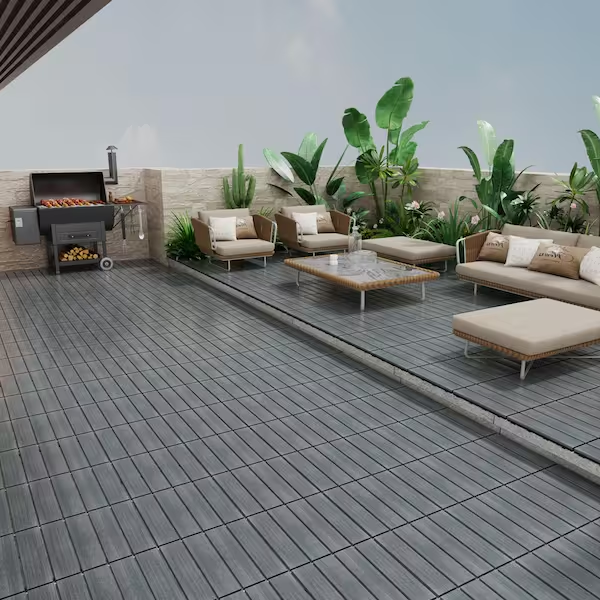
Installation Tips for Composite Decking Australia
Proper installation is crucial for maximizing the durability and appearance of composite decking:
Prepare the Substructure
Ensure the timber or metal frame supporting the decking is level, structurally sound, and well ventilated. Composite decking requires adequate airflow underneath to prevent moisture buildup.
Use the Right Fixings
Use screws or hidden fasteners specifically designed for composite decking. Standard timber screws can cause splitting or improper fastening.
Leave Expansion Gaps
Composite materials expand and contract with temperature changes, so maintain appropriate spacing between boards and around edges to prevent buckling.
Consider Professional Installation
While DIY is possible, many Australian homeowners prefer professional installers experienced with composite decking products for optimal results and warranty compliance.
Maintenance of Composite Decking in Australia
Maintaining composite decking is relatively simple but important to prolong its life:
Regular Cleaning
Sweep debris and wash the deck with mild detergent and water every few months. Avoid harsh chemicals or pressure washers that can damage the board surface.
Stain and Mold Removal
If stains or mold develop, use a composite decking cleaner approved by the manufacturer. Prompt cleaning prevents long-term damage.
Avoid Scratches
Protect the deck surface by using furniture pads and avoid dragging heavy objects across the boards.
Common Myths About Composite Decking Debunked
Myth 1: Composite Decking Looks Artificial
Modern composite decking has come a long way. High-quality products feature realistic wood grain textures and natural color variations that closely mimic timber.
Myth 2: Composite Decking is More Expensive Long-Term
Although the initial cost is higher than timber, composite decking’s low maintenance and longer lifespan usually result in lower overall expenses.
Myth 3: Composite Decking Gets Too Hot in the Sun
While composite decking can absorb heat, many Australian products are formulated with heat-resistant caps and lighter colors to reduce surface temperatures.
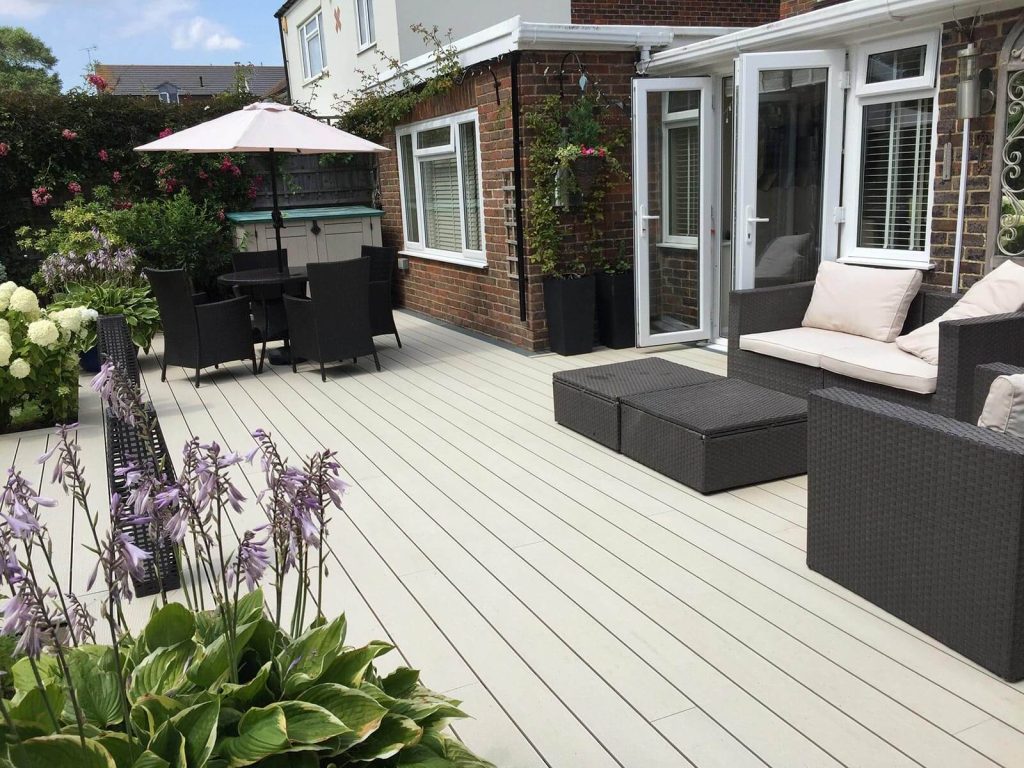
Top Trends in Composite Decking Australia for 2025
Eco-Friendly Materials
Sustainability continues to drive demand for decking made from recycled plastics and responsibly sourced wood fibers.
Enhanced Surface Textures
New composites offer enhanced anti-slip and tactile finishes, making decks safer around pools and wet areas.
Wider and Longer Boards
Manufacturers are producing wider and longer composite boards for faster installation and more seamless deck surfaces.
Custom Colors and Finishes
Homeowners are increasingly choosing bespoke decking colors to complement landscaping and architectural styles.
Composite Decking Australia vs. Traditional Timber Decking
| Feature | Composite Decking Australia | Traditional Timber Decking |
|---|---|---|
| Maintenance | Low maintenance; no sanding or staining needed | Requires regular sealing and painting |
| Durability | Highly resistant to rot, insects, and warping | Prone to weathering and termite damage |
| Appearance | Natural wood look with consistent finish | Authentic natural wood grain |
| Cost | Higher upfront cost but lower lifetime costs | Lower initial cost but higher upkeep |
| Environmental Impact | Often made with recycled materials | Uses virgin timber, potential deforestation |

Where to Buy Composite Decking in Australia?
Australia has a thriving market for composite decking with numerous suppliers and distributors nationwide. Homeowners can find composite decking at:
Specialized decking and timber stores
Home improvement retailers
Online marketplaces with delivery services
Directly from manufacturers and authorized distributors
When buying, always check product certifications, warranties, and sample availability.
Final Thoughts on Composite Decking Australia
Composite decking Australia offers a compelling combination of durability, aesthetics, and sustainability that aligns perfectly with the Australian outdoor lifestyle. By selecting the right product tailored to your regional climate, installing it correctly, and performing routine maintenance, you can enjoy a beautiful, long-lasting deck that enhances your home’s value and outdoor experience.
Whether you are building a new deck or upgrading an existing one, composite decking is an investment worth considering for any Australian homeowner seeking style, practicality, and longevity.
Summary
Composite decking Australia is a growing trend due to its resilience against harsh weather, low maintenance, and eco-friendliness.
There are various composite types, including WPC, capped composites, and PVC.
Consider climate, budget, and aesthetics when choosing decking.
Proper installation and routine cleaning extend deck lifespan.
Composite decking offers a smart alternative to timber for outdoor spaces in Australia.
If you’re interested in exploring composite decking options, Hosung WPC offer free samples and professional advice to help you get started on your perfect outdoor deck.

